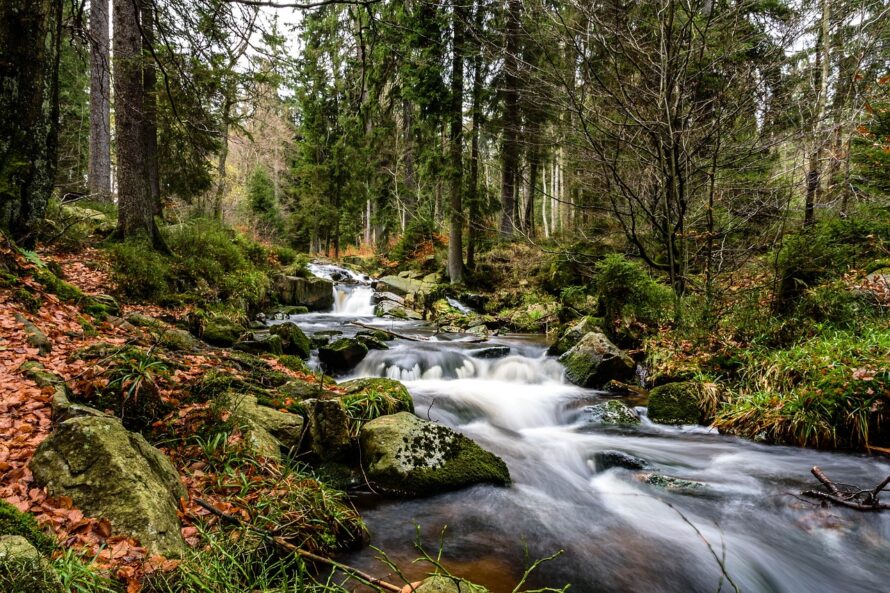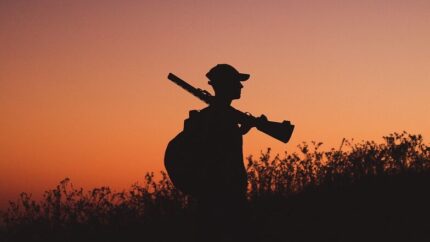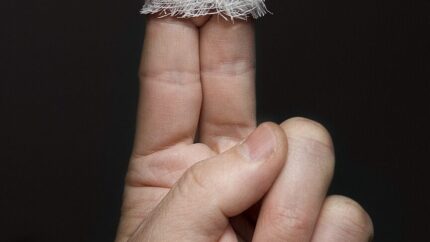Sourcing Safe Water when Bugging Out
In the wild, water sources are often contaminated with bacteria, viruses, and parasites, which can cause serious health problems. Therefore, it is essential to know how to find and purify water in the wild.
Today we will explore some useful tips and tricks to help you source safe water while bugging out.
1. Finding Water Sources
The first step to sourcing safe water in the wild is knowing where to find it. In most cases, the water sources available in nature are streams, creeks, rivers, and lakes. However, not all water sources are safe to drink from.
When looking for water, avoid stagnant water and those that are close to industrial or agricultural activities. These sources are more likely to be contaminated with harmful chemicals and microorganisms.
2. Purifying Water
Once you have identified a water source, the next step is to purify it. There are several ways to purify water in the wild, and these include boiling, chemical treatment, and filtration.
Boiling:
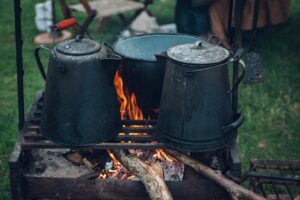 Boiling water is one of the most effective ways to kill microorganisms in it. It is also the most straightforward approach. To boil water, place it in a pot or other suitable container and heat it over an open flame until it reaches a rolling boil. Boil the water for at least five minutes to ensure that all harmful microorganisms have been destroyed.
Boiling water is one of the most effective ways to kill microorganisms in it. It is also the most straightforward approach. To boil water, place it in a pot or other suitable container and heat it over an open flame until it reaches a rolling boil. Boil the water for at least five minutes to ensure that all harmful microorganisms have been destroyed.
Chemical Treatment:
Chemical treatment involves using tablets or drops that contain chlorine, iodine, or other chemicals to kill the microorganisms in water. Read the instructions on the packaging carefully before using any chemical treatment method.
Filtration:
Filtration involves removing impurities from water using a filter. There are several types of filters available, including portable water filters, hand pumps, and gravity filters. Filters are useful for removing sediment and other impurities from water, but they may not be effective in killing all microorganisms.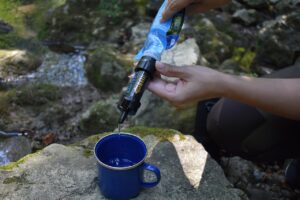
There are a number of excellent filters on the market designed specifically for survival situations and specifically designed to remove bio-hazards, such as bacteria, protozoa, and other parasites from the water. NOTE: These filters cannot make chemically contaminated safe to drink.
3. Collecting and Storing Water
Once you have found and purified water, the next step is to collect and store it. Collect water in clean containers, preferably those that are easy to carry. Stainless steel or aluminum bottles are ideal for this purpose. Avoid using plastic containers as they can release harmful chemicals into the water. Store the water in a cool, dark place, away from direct sunlight. If you are storing the water for an extended period, consider adding chlorine tablets or drops to keep it safe for consumption.
Sourcing safe water in the wild is essential for outdoor survival. Remember that not all water sources are safe, so you need to take the necessary precautions to ensure that the water you consume is free from harmful microorganisms.
Read More: 10 Survival Skills to Learn to Keep You Alive When You Bug Out
